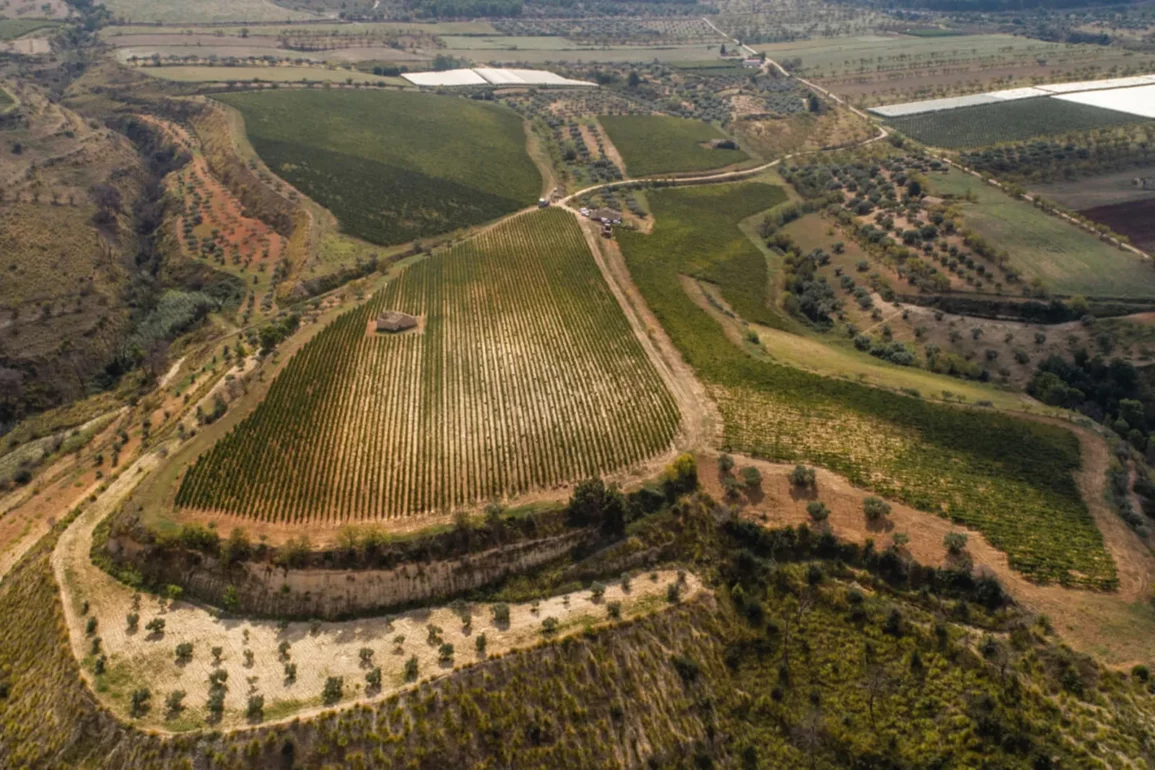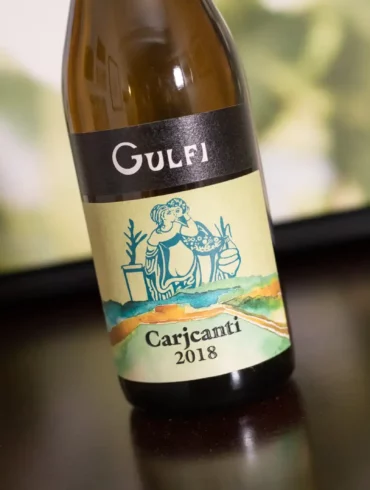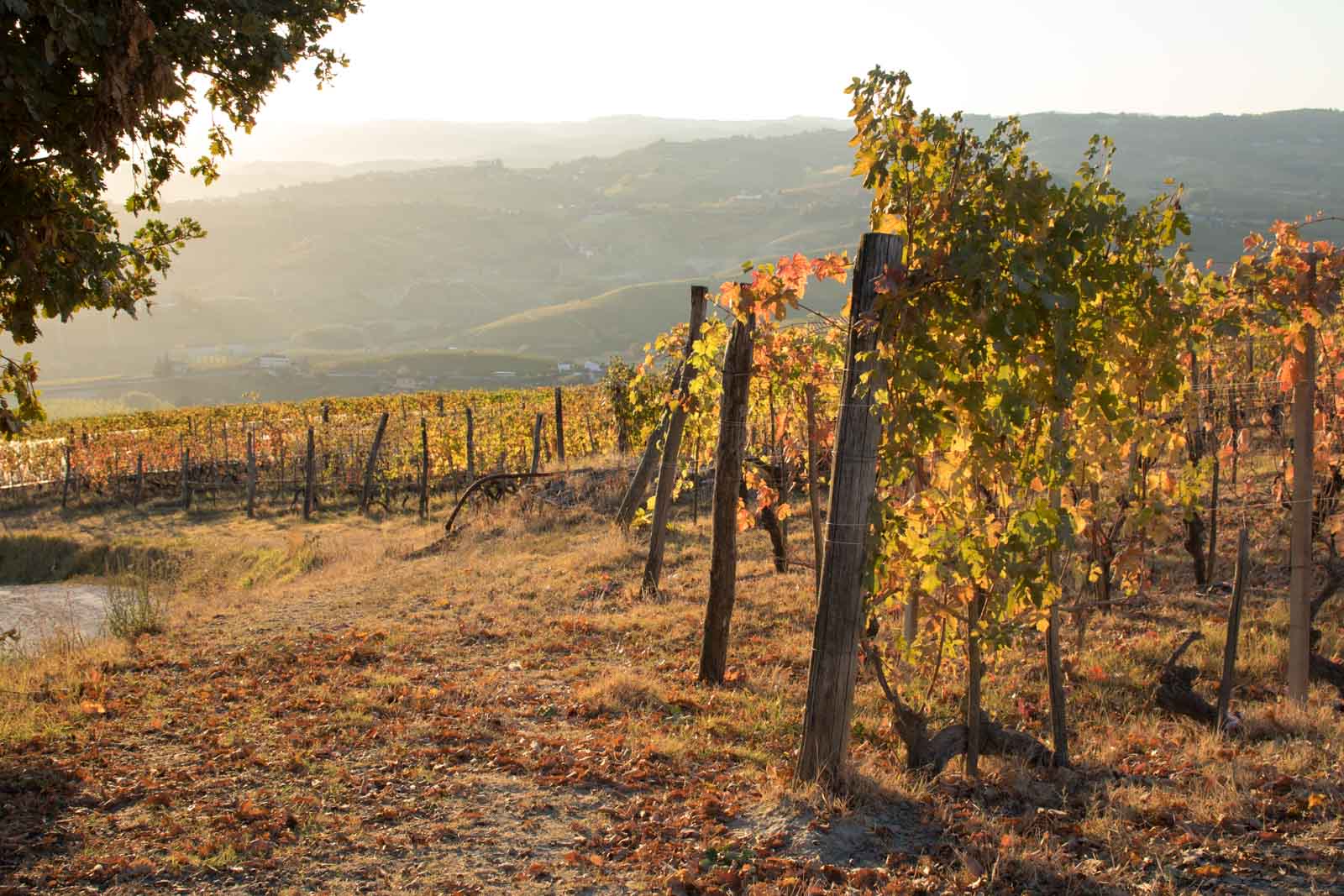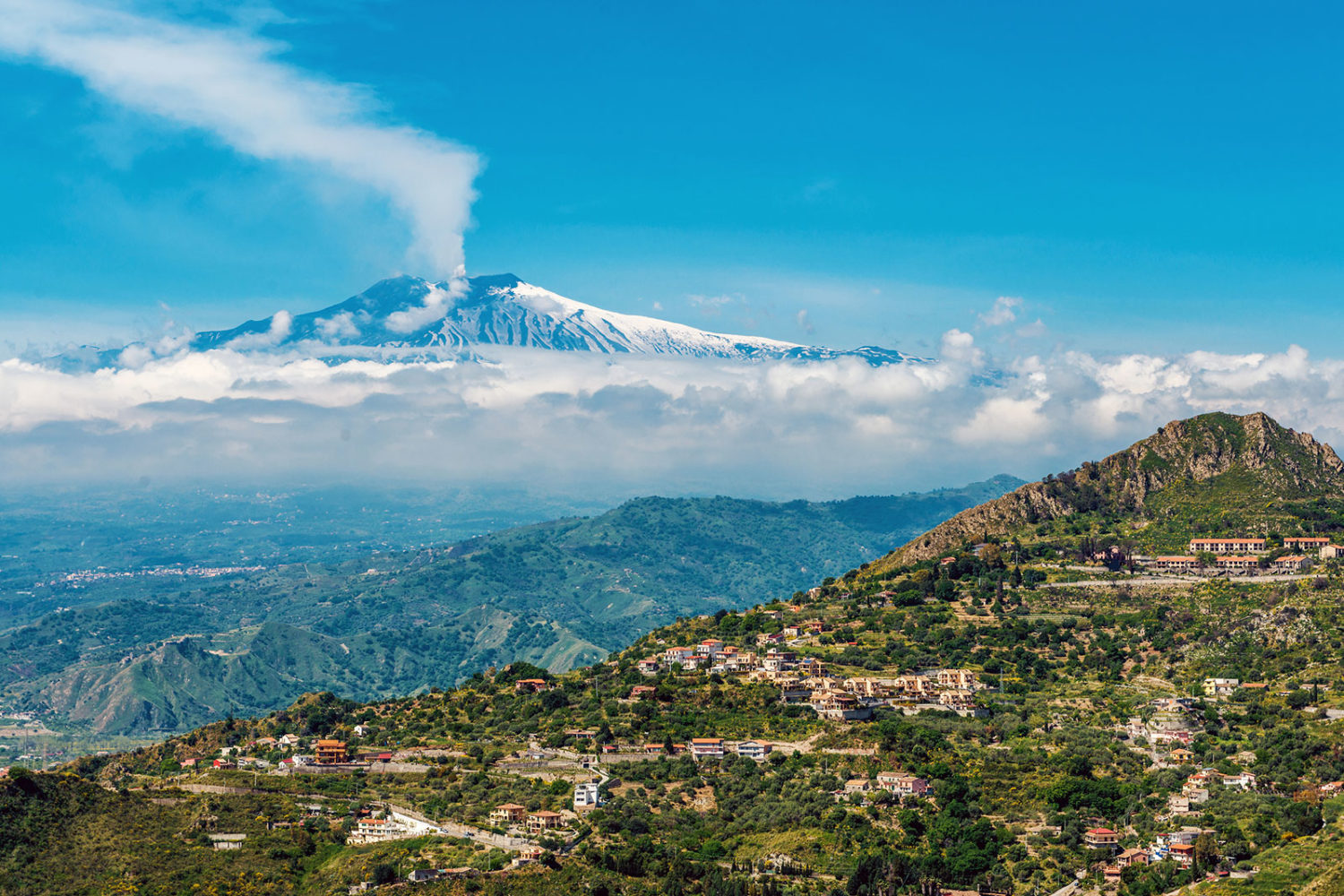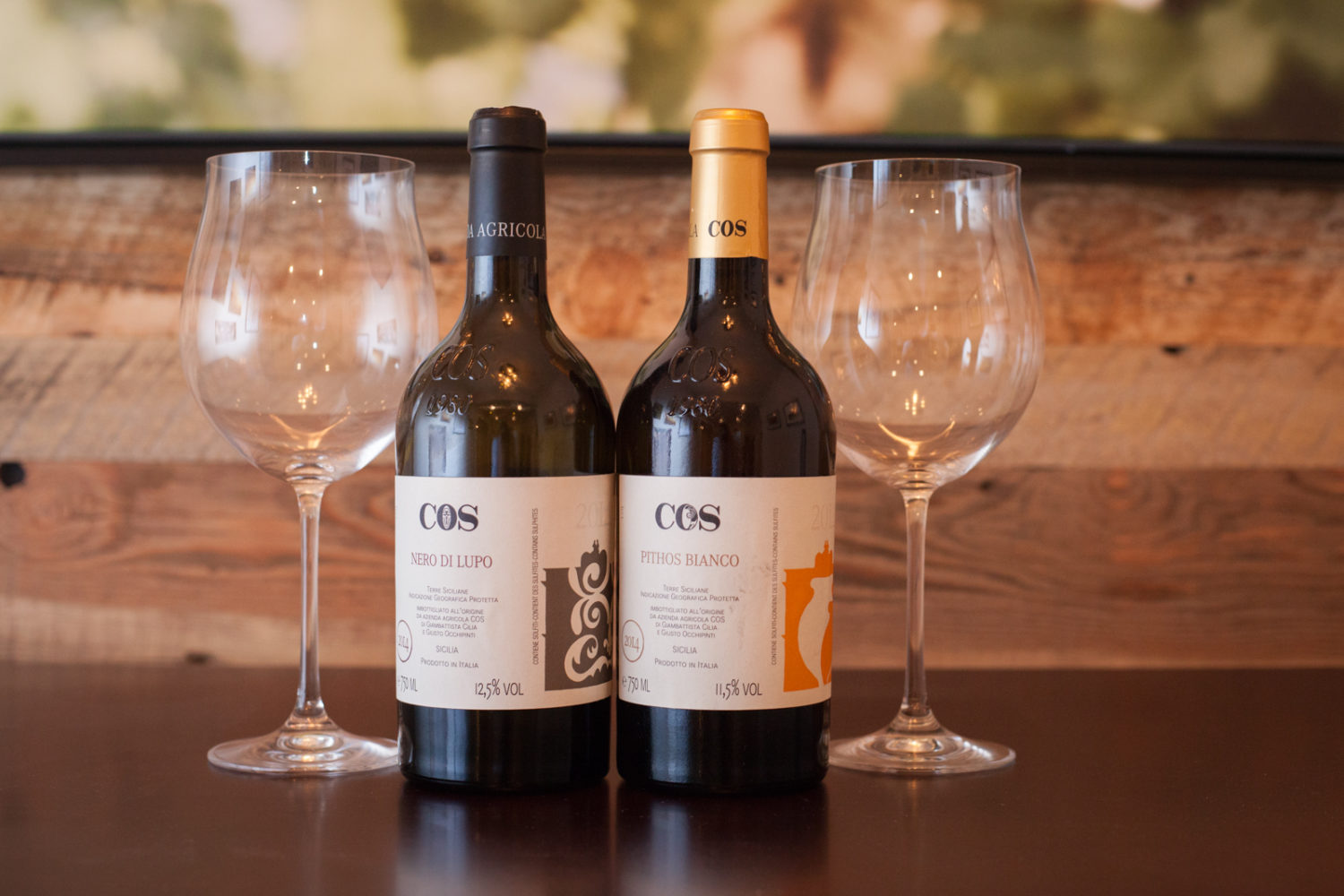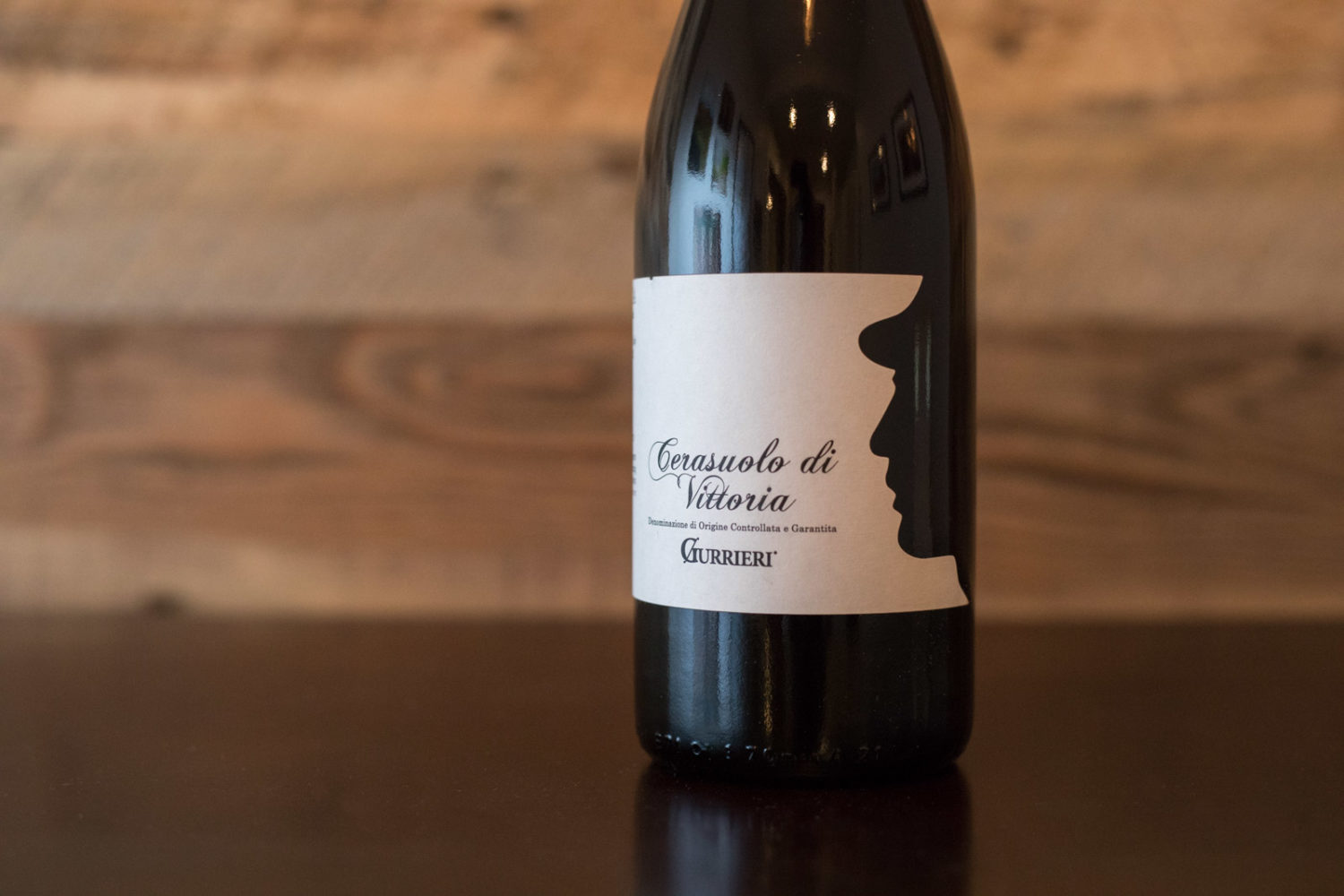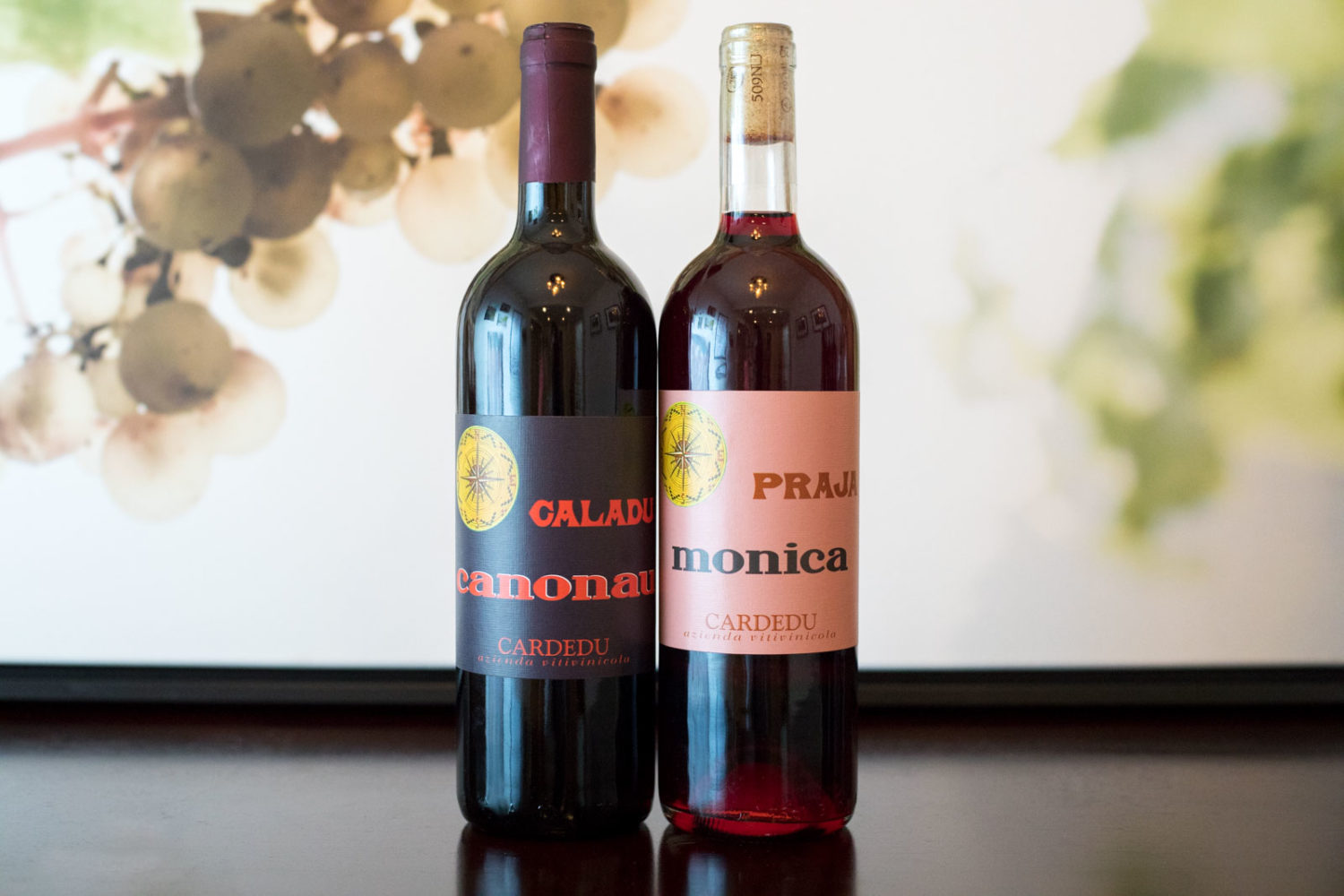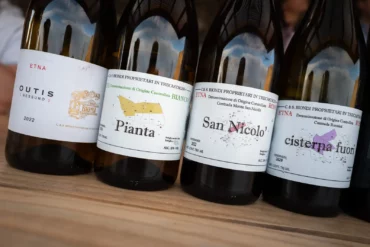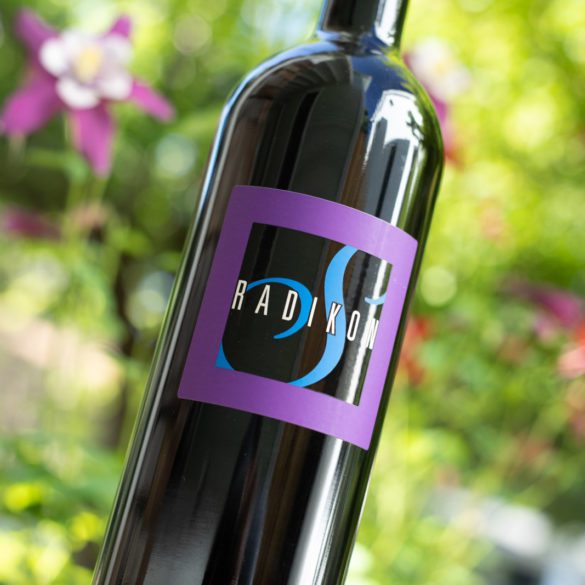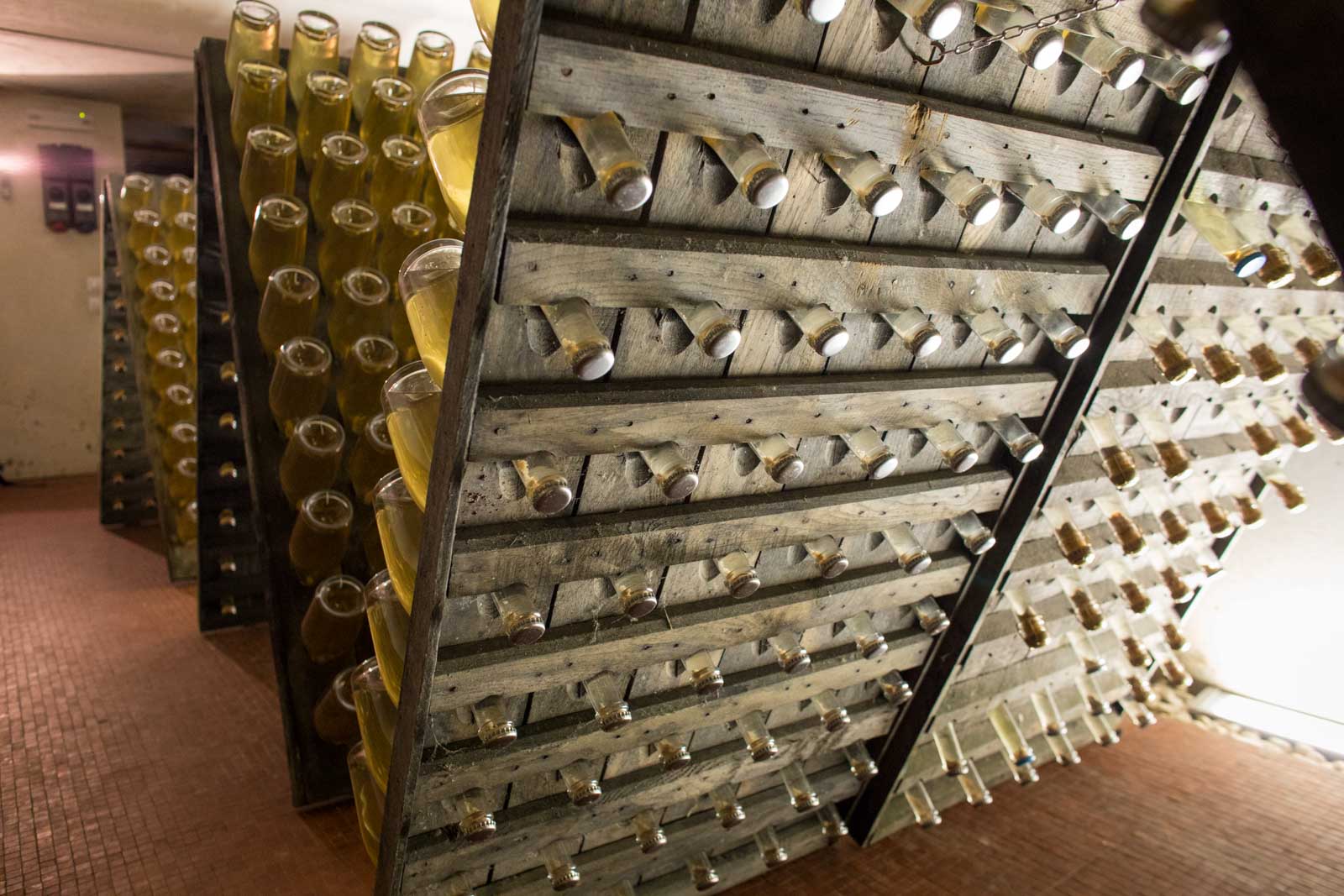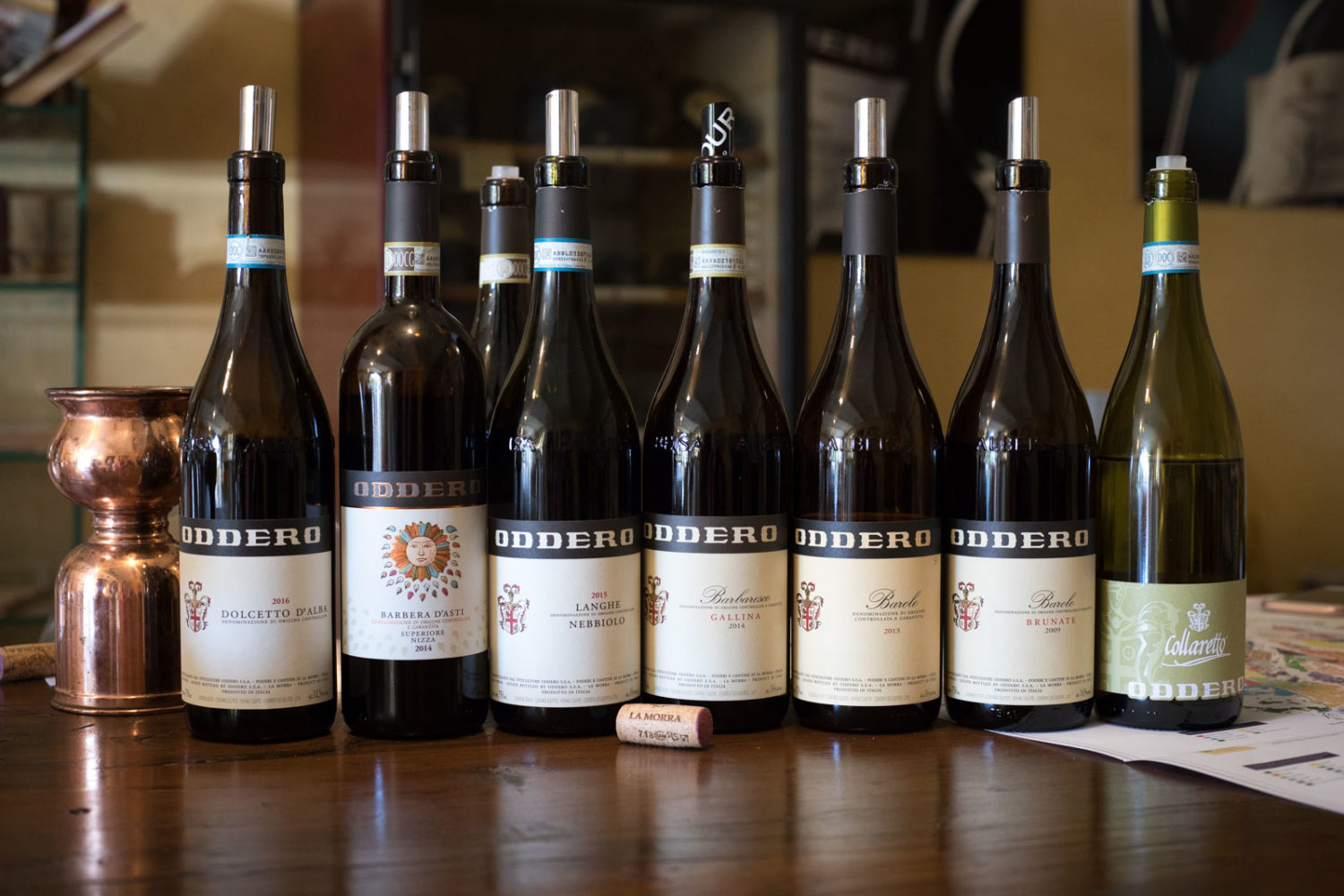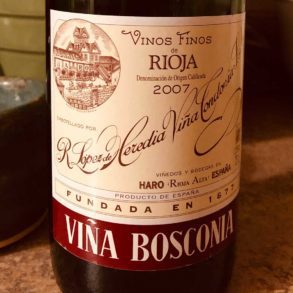Gulfi
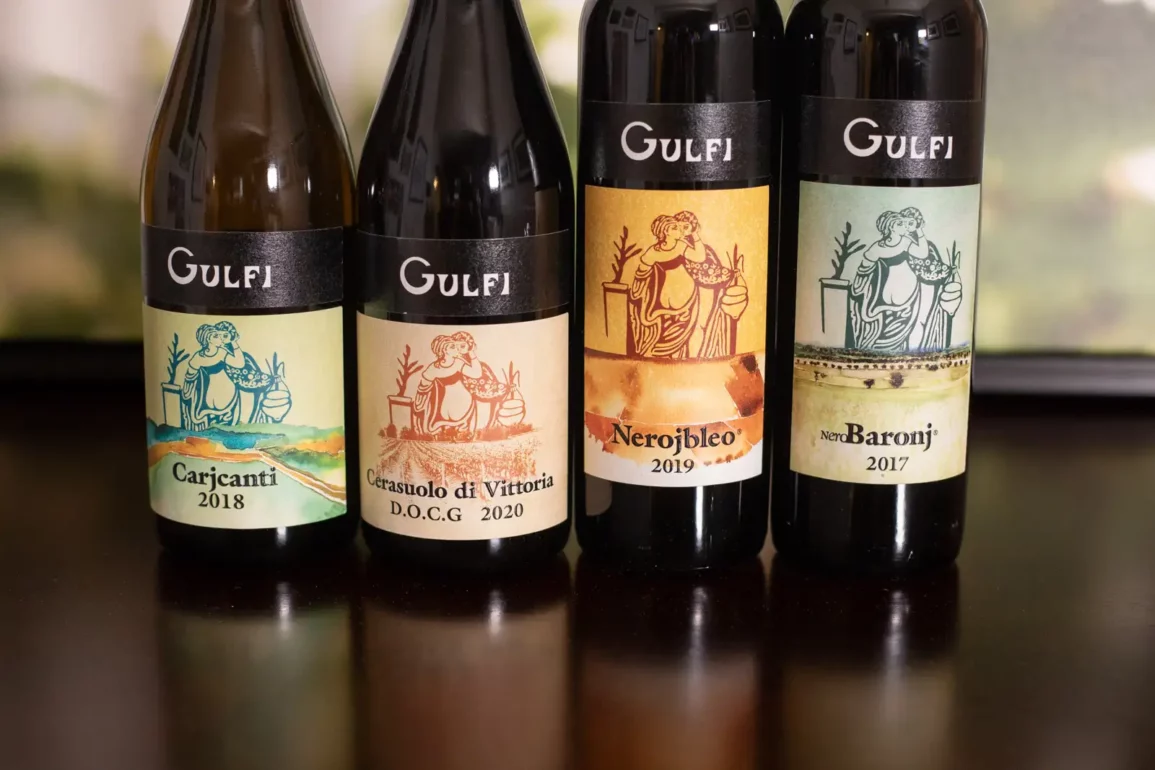
Why Gulfi is Essential
In art circles, the term chiarascuro is used to describe the contrast of light and dark. I've always found it interesting that any attempt in English to find an alternative phrase has been jettisoned. In its art, literature, culture, and, yes, cuisine, Italy has long embraced the light and dark in equal measure. Head to Sicily and chiarscuro takes on even grander contrasts.
While sipping a recent vintage of Gulfi's Cerasuolo di Vittoria, it hit me that chiarascuro is the identity of this Sicilian winery's wines. Nero d'Avola — the black grape of Avola — is either their canvas or their paint, depending on the wine, but the overriding sensation one gets in the aromas and the taste are always opposing elements. For the poetic wine taster, that might be tones of black cherry and oranges, soft leather and stone. For the more technical taster, its finely tuned acidity countered by depth of fruit. Both can agree on one word: balance.
I'll admit that I was initially drawn to Gulfi's wines by their sultry label. What are these people up to? I silently asked of both the amorous lovers and the winemaker bold enough to put them on display. Turns out, the artwork comes from a mosaic unearthed in nearby Enna — a depiction of Eros and Psyche entangled in a secret tryst, their bodies indulging, their eyes leery of a jealous and wrathful Venus. As the story goes, their affair results in the birth of Voluptas, better known as Pleasure.
Clever marketing or more chiarascuro? Either way, the wines of Gulfi satisfy my intellect and my hedonist in equal measure.
Chiaramonte Gulfi, Sicily
Grapes: Nero d'Avola, Carricante
Appellations: Cerasuolo di Vittoria DOCG
American Importer: Dark Star Importers
Originally listed: March 2024
Wines to Seek Out
Gulfi has long been organic, and they use massal selection for the propagation of their vines — an important but underrated tactic which ensures genetic diversity and resilience among the plants. Their wines hail from three distinct terroirs: Chiaramonte Gulfi and Pachino Val di Noto in the southern reaches of Sicily, and Mount Etna where they produce a single Etna Rosso as well as a Pinot Nero.
Gulfi "Carjcanti" Sicilia DOC
Carricante is in the upper echelon of native Italian white wine grapes, and all the best examples come from Mount Etna with the lone exception of "Carjcanti." Hailing from vineyards in the Monti Iblei of Southern Sicily, this bright and mineral white wine has flesh to counter the variety's strong bones. A scintillating herbaceous quality feels like a dead ringer for fresh sage leaves.
Gulfi Cerasuolo di Vittoria DOCG
Cerasuolo di Vittoria is one of Italy's most underrated appellations, providing a thirst-quenching red wine with sneaky complexity and vast versatility. While Gulfi's version strikes me as a bit idiosyncratic (strongly resembling Cru Beaujolais at times), it nonetheless stays true to this identity. Here we really sense that chiarascuro of flavor I was mentioning: Nero d'Avola's depth and furrowed brow, Frappato's lightness and joy. Put them together and you have a very compelling wine filled with tension.
Gulfi "Nerojbleo" Terre Siciliane Rosso
The benchmark for entry-level Nero d'Avola in Sicily. Do you want to sense Nero d'Avola's silky dark fruit and potential for seriousness and long-haul aging? Want to encounter the grape's propensity to resemble Sangiovese, Aglianico and Corvina all at once? "Nerojbleo" shows a lot of this. Aged in barriques for 12 months, it also demonstrates that these smaller oak vessels don't have to be the enemy of native flavors.
Gulfi "NeroBaronj" Terre Siciliane Rosso
The above three wines hail from the Chiaramonte Gulfi area, but this one comes from Val di Noto, and along with COS' Nero di Lupo, is my favorite example of Nero d'Avola's potential. As I noted in my Top 12 Wines of 2023 (it came in at No. 8), I fell in love with this wine's dried-cherry character; it's juicy, strawberry-like acidity, and how — with 6 years of age — it was moving into a leathery, yet floral phase of unusual intrigue.


